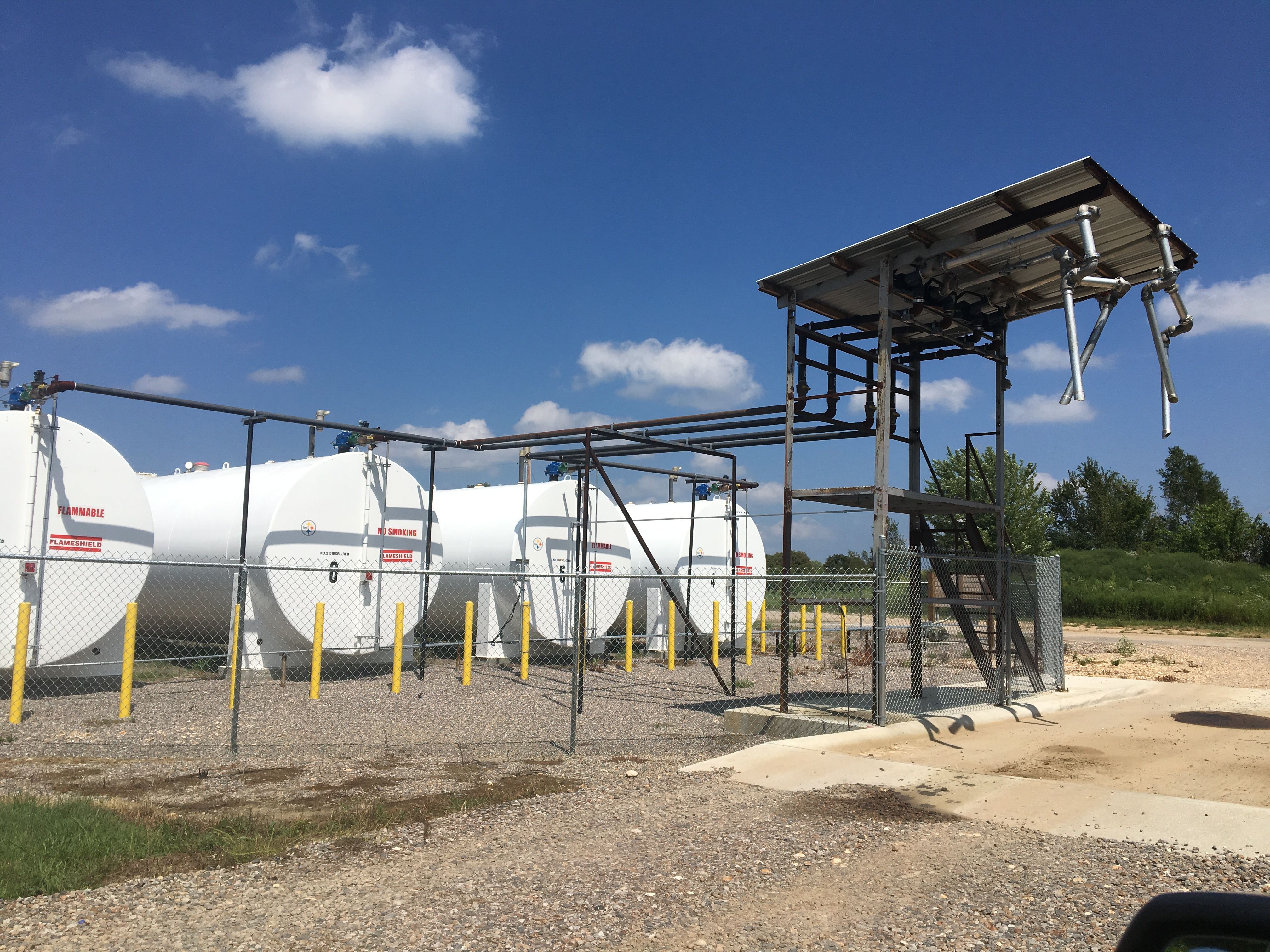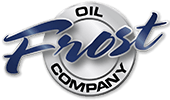Aboveground Fuel Storage Tank Checklist

Weekly Maintenance
- Check for leaks on pumps, filters, nozzles, valves, joints, and fittings. Check hose for cracks.
- Check for signs of a leak on tank. Check all seams, welds, and bottom plugs. Check the ground for any dead vegetation or stains on concrete.
- Check fuel gauge for proper operation. Make sure there is no cracking and that the device has a good seal on the tank.
- Check Automatic Tank Gauging (ATG) for the presence of water if equipped.
- Test overfill alarm if equipped.
- Check fire extinguisher.
Monthly Maintenance
- Manually check for water with tank stick and water finding paste at the lowest point. Check tank with a level to know which way it tilts. If the tank is level check at multiple points.
- When you manually check for water take note of the fuel level and make sure the tank gauge calibration is correct.
- Check the normal vent for any blockage or dirt building. Check the emergency weighted relief vent for proper operation if equipped.
- For double wall tank: check visual detector for any leak in the interstitial space. May be checked with a stick if no detector is installed.
- Check dyke or spill containment for debris and keep clean.
- Make sure all decals and signs are still legible and in place.
- Check tank for signs of rust.
- Check pump motor for signs of over-heating or excessive wear.

Periodic Maintenance
- Replace filter at least every six months or as needed depending on volume. Mark the date on the new filter. Water sensitive filter will need to be changed more often.
- Have a qualified person check all electrical.
- Have a qualified company pull samples from the tank bottom and evaluate them.
Important Tips
- Know the capacity of your tank and have it painted on the tank.
- Tank should have decals such as Product Identification, Flammable and No smoking visible for all sides.
- A NFPA 704 requires a 4-color hazard identity symbol be in place.
- A flammable placard should also be visible from all sides or UN1993 for diesel and UN1203 for gasoline may be used also.
- Tank should be placed in an area free of open flames, welding, cutting torches or where any other possible point of ignition might be.
- Determine your Safe Gauge Height (SGH). That is how much the tank can safely hold, allowing for expansion due to temperature variations. Summer should not be over 90% of the tank’s capacity.
- Warning: Gasoline has a Flashpoint of is -45°F so it means it’s always giving off a vapor that can ignite. Diesel is around 126° F, but don’t consider it safe around point of ignition.
- Have a spill prevention plan in place if a spill occurs. Stock spill cleanup materials.
- Report any spill or overfill of petroleum that exceeds 25 gallons or causes a sheen on nearby surface water. Spills and overfills under 25 gallons that are contained and immediately cleaned up do not have to be reported. If they cannot be quickly cleaned up, you must report them to your implementing agency.
- Make sure you order the right amount of product. Order only the quantity of fuel that will fit into 90 percent of the tank. For example, if you have a 10,000-gallon tank with 2,000 gallons already in the tank, you would order at most a 7,000-gallon delivery (90 percent of 10,000 is 9,000 gallons; subtracting the 2,000 gallons already in the tank leaves a maximum delivery of 7,000 gallons).

